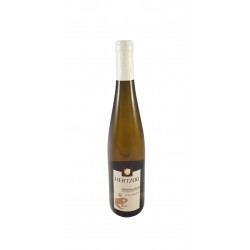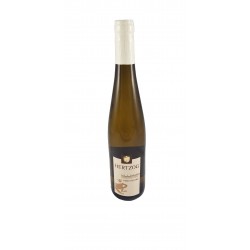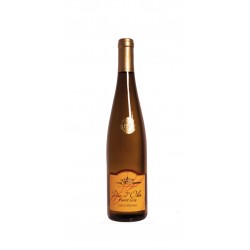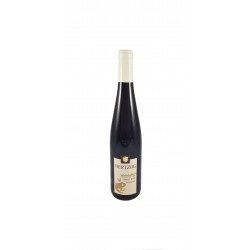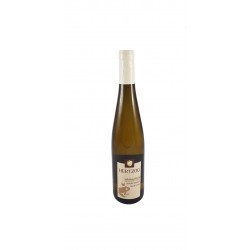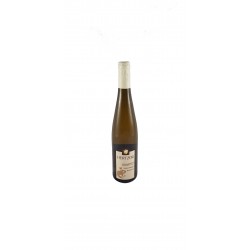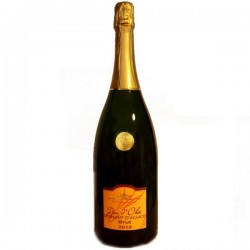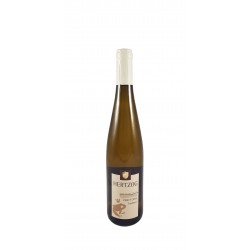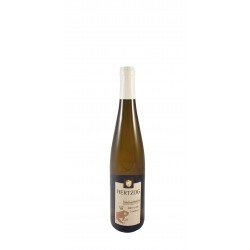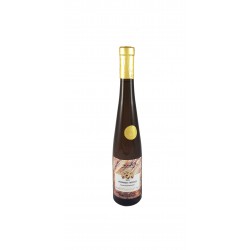The 7 classic Alsace varieties
Discover the essence of Alsace's vineyards through our detailed exploration of the 7 grape varieties that are emblematic of Alsace wines. Immerse yourself in the unique sensory characteristics of each grape, revealing their aromas, tastes and visual appearances. From tasting to food pairings, learn all about these classic grape varieties and appreciate the art of Alsatian viticulture.
There are 13 products.
Active filters
- Online only
- Pack
Where do the grape varieties come from in Alsace?
The Fascinating Origins of Grape Varieties in Alsace.
A Roman and Carolingian heritage
The history of grape varieties in Alsace dates back to Roman times, in the 2nd and 3rd centuries, with the emergence of viticulture. In those ancient times, vines took on very different forms to those we know today, but they have always played a major role in the Alsace region. Under the Merovingians and Carolingians, vine-growing intensified, thanks in particular to the religious orders who helped develop renowned wines.
A crossroads for trade in the 16th century
Crossed by the Rhine, Alsace became a major crossroads for trade and commerce in the 16th century, linking Switzerland, Germany, Austria and the Alsace region. This favourable trading environment encouraged the meeting and crossing of different grape varieties, contributing to the creation of varieties that were already listed at the time, including Traminer, Muscat and Riesling.
Roman and Germanic influences
Today's grape varieties have their origins in a complex mix resulting from hundreds of years of cross-breeding and imports, under the influence of Roman and Germanic cultures. For example, Pinot Noir was imported from Burgundy, Sylvaner from Austria, Riesling from the Rhineland, Pinot Gris also from Burgundy (and not Hungary as was long thought), and Gewurztraminer from South Tyrol.
Hierarchy by grape variety in Alsace
Unlike other regions of France, Alsace highlights its different grape varieties on labels and bottles, rather than châteaux or terroirs. The seven main grape varieties, each with its own distinct typicity, colour, taste and aroma, form a unique aromatic palette:
- Riesling
- Pinot Blanc
- Sylvaner
- Muscat
- Pinot Gris
- Gewurztraminer
- Pinot Noir
Explore this fascinating diversity through our Alsace wines, where each grape variety offers a unique sensory experience and has its own typicity, colour, taste and nose, so they're all different and offer a palette of aromas all their own.

